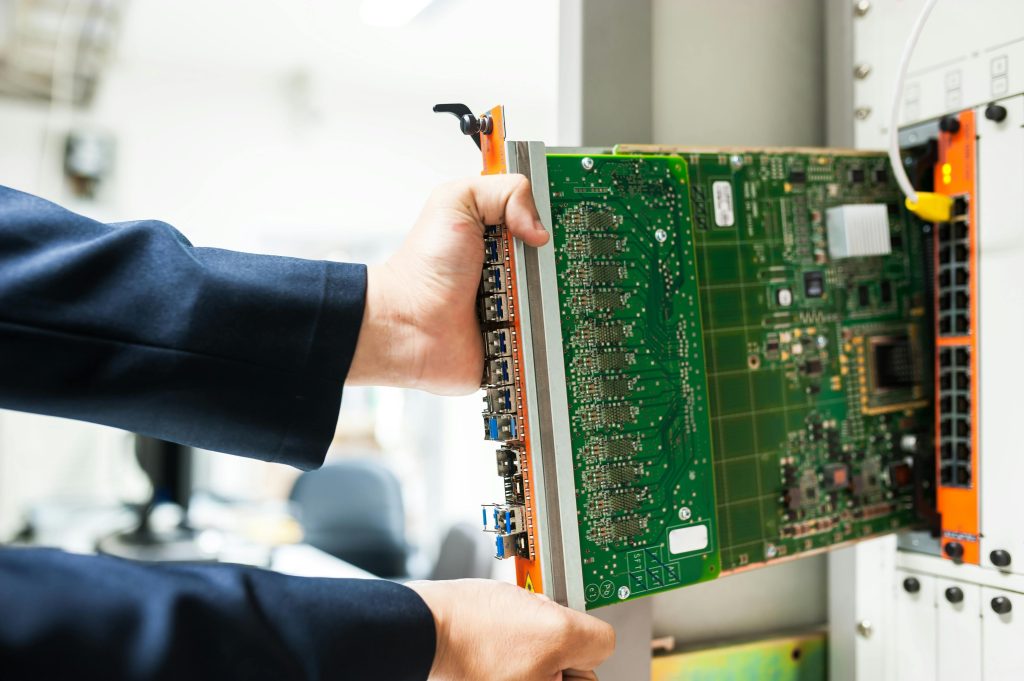Troubleshooting PC Peripheral Connectivity Issues After Extended Power Disconnects
Many PC users encounter unexpected issues with peripheral devices after their systems have been powered down and left unplugged for an extended period. Recently, a user sharing their experience highlighted challenges with peripherals not recognizing or connecting following a few days of inactivity. This article aims to explore potential causes and solutions for such problems, helping you restore full functionality efficiently.
Scenario Overview
The user reports having a Cyberpower Windows 11 desktop that successfully boots up but fails to recognize connected peripherals, including keyboard, mouse, and monitors, after being unplugged for several days. An initial misstep involved connecting an incompatible universal power cord, which did not power the system, but once the correct cable was used, the PC booted normally. However, peripherals still failed to connect or function.
Attempts to resolve the issue included unplugging the system, draining the power supply unit (PSU), and reseating internal components like RAM and the CMOS battery. Despite these efforts, the problem persisted, leading to uncertainty about further troubleshooting steps.
Potential Causes and Solutions
-
Power Supply and Hardware Reset
-
Issue: Power interruptions can sometimes cause hardware settings or states to reset, leading to peripheral detection issues.
-
Solution:
- Perform a complete power cycle: Turn off the PC, unplug it from the power source, and press and hold the power button for 30 seconds to discharge residual power.
- Reconnect the correct power cable and boot the system.
- Ensure all power connectors, especially those supplying the motherboard and peripherals, are securely connected.
-
BIOS/UEFI Settings
-
Issue: BIOS settings related to USB or peripheral management might reset due to power loss, affecting device recognition.
-
Solution:
- Enter BIOS/UEFI setup during startup (usually by pressing DEL, F2, or F12).
- Check USB configuration and ensure USB ports are enabled.
- Save settings and exit.
-
Device and Cable Checks
-
Issue: Peripherals or their cables might have become faulty or disconnected.
-
Solution:
- Test peripherals on another system to confirm they are functioning correctly.
- Use known working cables and ports for connection.
- Try connecting peripherals to different USB ports.
-
Driver and Software Considerations
-
Issue: Operating system updates or driver issues could cause peripheral
Share this content:



